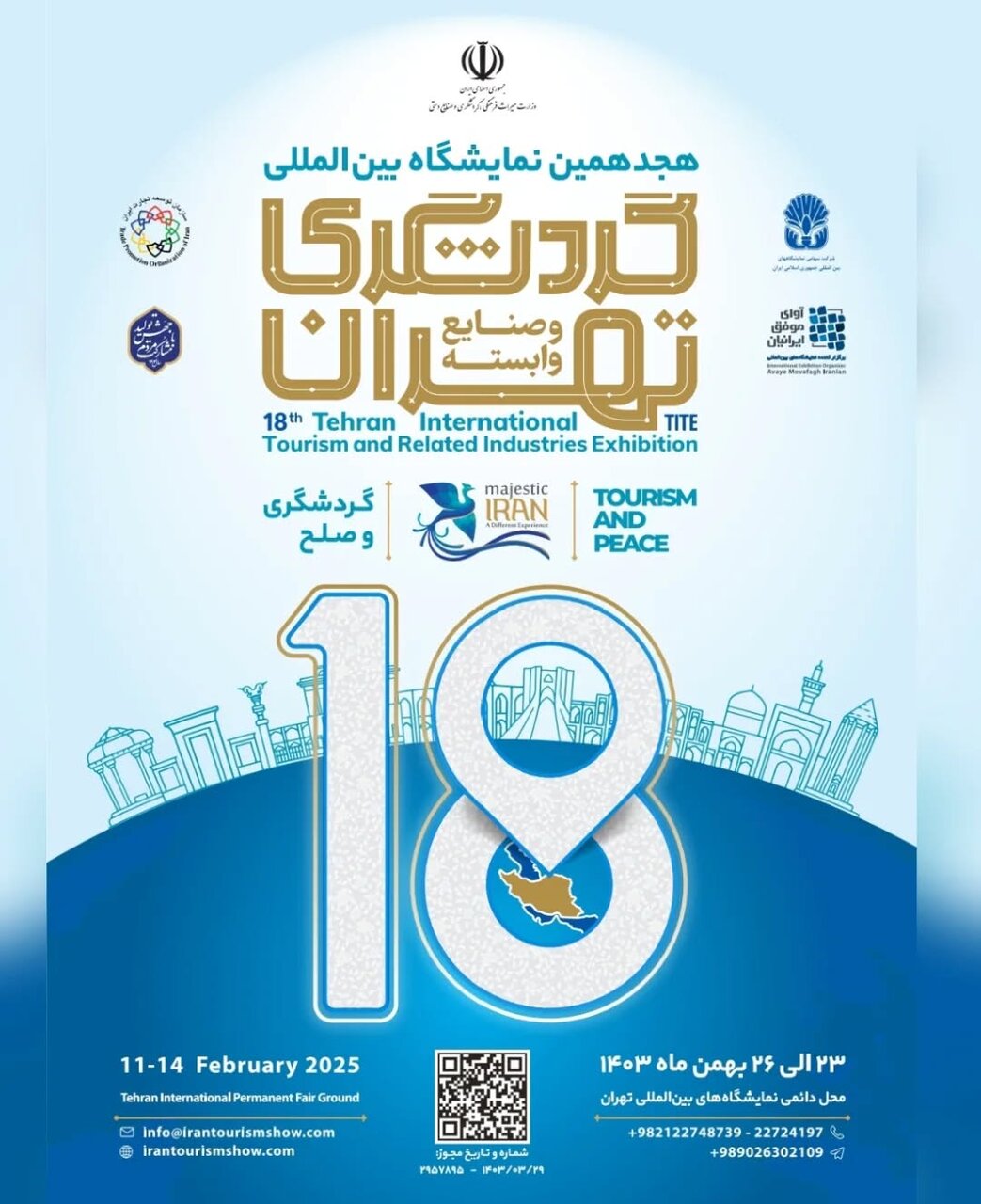
TEHRAN - On Sunday, a specialized seminar on Minai ware was held at the National Museum of Iran, where Leila Khamooshi, an Islamic duration pottery professional at the museum, provided the findings of her recent research.Her research study, performed in cooperation with professionals from interdisciplinary fields, in addition to the Islamic and pottery departments of the museum, focused on Minai ware, which is a significant collection at the National Museum of Iran.
These items mostly date back to the Seljuk and Khwarezmian durations and were produced in cities such as Kashan, Ray, Gorgan, and Saveh.According to Khamooshi, the most crucial development in Seljuk-era pottery was the invention and introduction of a white glass-like paste for making ceramic vessels.
This innovation meant that potters no longer required to apply slip or a whitewash coating to the pottery.
She continued by discussing that Minai ware is embellished with complex paintings on glazed surfaces, which include a wide range of colors.
Some pieces also consist of gold or gilded decorations.Khamooshi stressed that decorating these vessels with such a large range of colors was a complicated job, typically requiring several layers of painting and a number of shootings in the kiln.
These vessels were considered luxury products, with their designs regularly illustrating extravagant royal scenes.
There was certainly a close relationship in between Minai potters and manuscript illustrators.
The motifs on Minai ware frequently showed literary and historic styles, along with spiritual and astronomical subjects.The specialist also noted that the motifs on these ceramics could be compared to illustrations in manuscripts likeVaraqeh Golshah, and similar styles discovered on metalwork, textiles, and other modern pottery.
In conclusion, Khamooshi shared that alongside basic research studies of the collection, specialized analysessuch as XRF, PIXE, petrography, dilatometry, and thermoluminescencewere conducted with the help of professionals from the Research Institute of Cultural Heritage and Tourism and the University of Tehran.
These analyses intended to obtain more exact details about the production methods, colors, paintings, products, and dating of the samples.It is noteworthy that the outcomes of this research study were released in a book titledMinai ware (The National Museum of Iran Collection)in March 2024.
The 168-page book includes 2 primary sections: the text and the catalog.
It covers various subjects, consisting of the art of pottery and key production centers during the Seljuk period, design strategies of Minai ware (also referred to as seven-color pottery), the formation durations of Minai ceramics, dated and engraved Minai ware, in addition to the specific characteristics of Minai ware from Ray, Kashan, Saveh, and Gorgan.
The book also compares the themes on Minai ware with miniatures from contemporary manuscripts, and examines connections with concepts on metal, textile, and stucco works, in addition to Seljuk clothing patterns in relation to the decorations on Minai ceramics.
The analyses included in the book focus on XRF and PIXE approaches for determining glazes and pigments, petrography for analyzing the structure of clays, dilatometry for figuring out shooting temperature levels, and thermoluminescence for verifying relative dating based on material properties.AM

 10
10
















